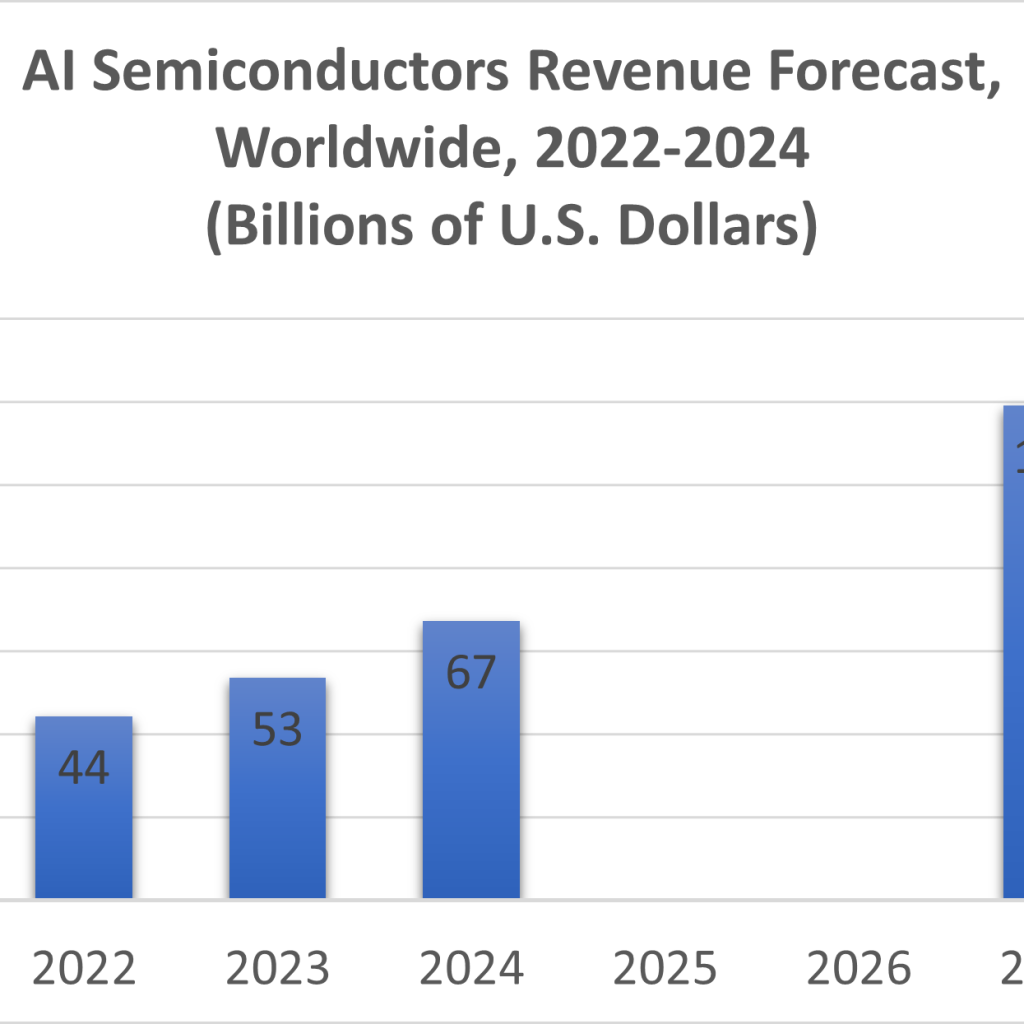As we find ourselves amidst the rapid evolution of digital transformation, two formidable forces, artificial intelligence (AI) and application programming interfaces (APIs), are steering the course of innovation. While they each possess substantial capabilities independently, their combined potential is propelling us into an era characterized by unparalleled interconnectedness and adaptability. In this technological renaissance, it is apt to declare: “In the age of AI, everything is an API.”
The rise of language learning models (LLMs) and AI agents
Language learning models (LLMs), exemplified by ChatGPT, have ushered in a new era of nuanced and responsive chatbots and AI agents. These are not your run-of-the-mill customer service bots; they have evolved into interactive and dynamic interfaces, capable of engaging in meaningful conversations, addressing inquiries, and even nurturing long-term customer relationships. To understand the full scope of their utility, let us explore the pivotal role of APIs in this context.
APIs as enablers of conversational excellence
Imagine an advanced customer service chatbot that not only processes your queries but also accesses your order history, checks real-time inventory data, and even initiates a refund—all while engaging with you in a natural, conversational manner. Such seamless interactions are made possible through APIs, which act as conduits connecting the chatbot with various databases and services. With APIs in play, customers can access rich insights into their data without requiring a custom front-end interface.
The cornerstone role of APIs
APIs function as a universal language for different software components, establishing a framework of rules and protocols for communication. In the realm of AI, APIs serve as the vital bridge between intelligent systems and the myriad services they need to interact with. This bridge-building is essential for facilitating “context-aware” interactions. It’s one thing for a chatbot to claim it can provide real-time weather updates; it’s another for it to seamlessly retrieve this data from a weather service and present it in a user-friendly format. This magic is orchestrated by APIs.
Empowering AI-generated UIs
APIs, in essence, serve as the backbone that empowers automated, AI-generated user interfaces to transcend mere aesthetics. They ensure that the front-end remains modular, adaptable, and capable of real-world operations. As APIs continue to evolve, their strategic design becomes pivotal, as they must mirror the adaptability and user-friendliness of the AI technologies they are designed to support.
The API-fication boom
As AI technologies advance in sophistication and prevalence, we are witnessing an explosion in the creation and development of APIs. This phenomenon, often referred to as the “API-fication boom,” witnesses businesses and developers placing a premium not just on the creation of APIs but also on the strategic thinking behind them. The objective is to craft APIs that match the intelligence, adaptability, and user-friendliness of the AI technologies they intend to bolster.
Navigating the road ahead
The API-AI nexus extends far beyond the realm of tech enthusiasts; its influence carries substantial real-world implications. In the healthcare sector, APIs enable diagnostic AI algorithms to access patient medical records while adhering to stringent privacy regulations. In the financial sector, advanced APIs can seamlessly connect risk-assessment AIs with real-time market data. In the realm of education, APIs serve as the data backbone for AI algorithms designed to create personalized, adaptive learning pathways.
However, the fusion of AI and APIs also raises critical questions pertaining to data privacy, ethical use, and governance. As we weave together more aspects of our digital world, addressing these concerns is imperative to cultivate a harmonious and responsible AI-API ecosystem.
We find ourselves at a pivotal juncture in a monumental technological paradigm shift. As AI continues to advance, APIs evolve in parallel, unlocking and amplifying their combined potential. For those in the realm of digital products, the message is clear: the future is not merely automated; it is API-fied. Whether you are a developer, a business leader, or an end-user, this new age promises unprecedented levels of interaction, personalization, and efficiency. However, it is incumbent upon us to navigate this transformative landscape responsibly.





